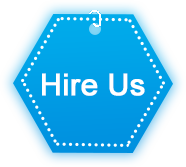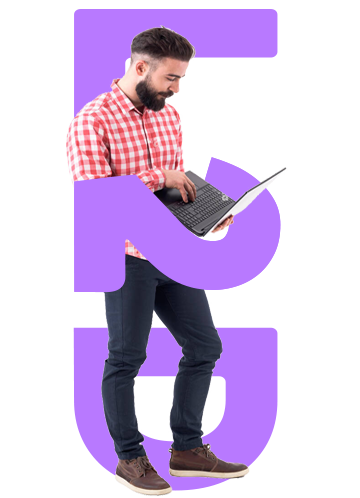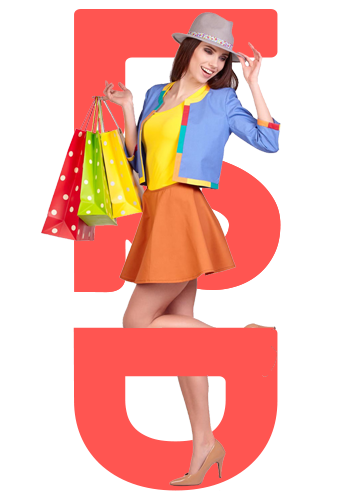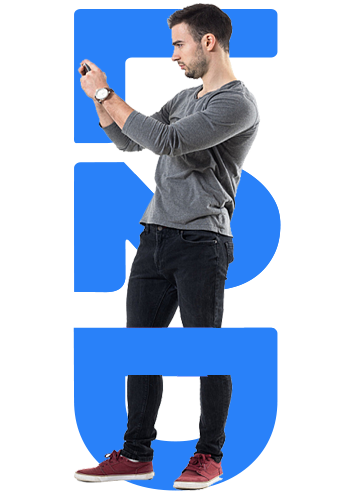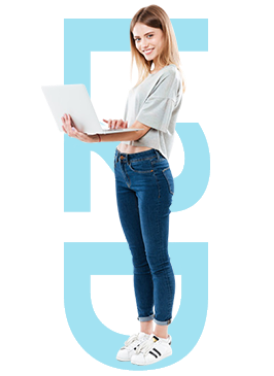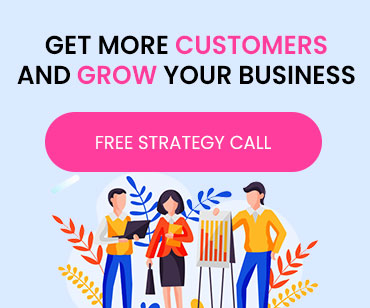Introduction
Graphic and web design trends are constantly changing. Although some of them may seem like they’re already outdated, they often come back in vogue a few years later. But in 2023, designers are not sticking with hovers or transforming the page elements into dazzling page reveals. This year, graphics will be at the forefront after they’ve been pushed aside by mobile-first design. In 2023, we’ll see more emphasis on AI and machine learning in web design (and beyond) and more on optimizing for speed. Here’s what to look out for:
It’s important to keep up with trends to be relatable and to amaze the target group. Neither the company nor individual firms want to lose conversion rate due to obsolescence and inconsistency with modern trends—some effective trends in graphic and web design to be relevant and attractive.
Here are the Most innovative graphic and web design trends in 2023
Web Accessibility
Web accessibility is crucial to making your website accessible to people with disabilities. It’s important because it helps ensure that everyone can access information, regardless of their ability or background.
When you’re creating a new site design, consider how much effort it’s going to take for someone with limited vision or hearing to be able to use the site effectively. Do you have typos? Are there any images that could be enlarged or reoriented? Does your font size need adjustment so that it’s easy for your visitors to read everything on the page without strain (or worse: headaches)?
To ensure that all users can use your website without difficulty and confusion, here are some tips:
- The right level of Contrast;
- Readability
- The adaptability of resources
- Accessibility to voiceover
- Make sure there aren’t any hidden links besides those clearly labelled “Click Here” near the top left corner where most users will naturally expect them first before ever trying anything else.”
Collaboration of brand on the website
Collaboration is an essential element of design that cannot be overlooked. It’s easier than ever to work with other brands, and it can help you create a better design.
Collaboration means giving your clients more control over their website or brand identity. You can do this by collaborating with them on the project and designing something unique for them instead of copying someone else’s work, which can result in boring websites that no one wants to visit anyway!
Here are some ways to collaborate:
- Involve your client in every process step from start to finish (including content creation). This way, they get involved in what makes up their site, so they feel ownership over it and pride in its success when finished! We recommend talking things through early on, so there aren’t any surprises later down the line when things get tough due to lack thereof communication skills between parties involved.”
Glass textures design on the website
Glass textures are a popular design trend that can be found on the web and in graphic designs. They’re used to create a sense of depth, dimension, and texture. They’re often used in modern minimalist websites as they add an element of intrigue to the content on your site.
Glass textures can also be used to create a retro or vintage looks by adding an element of nostalgia or nostalgia-based imagery, such as old photo frames or records with vinyl records inside them (yes! It’s still happening).
Nostalgic images
The use of vintage and retro images in web design has been a trend that has gained popularity in recent years. Combining old-school styles with modern technology has become popular for many designers. This can be seen in the wide range of websites that feature retro logos, fonts, icons and colours on their websites.
Use of art deco
Art Deco is a visual art and architecture style that emerged in the 1920s—characterized by geometric shapes, intense colors, bold forms and decorative use of materials such as metals, glass and plastics. It was popularized during this period due to its use of bright or rich colour schemes that were contrasted against stark white backgrounds to create Contrast while maintaining harmony with each other.
Art Deco was also known as Streamline Moderne design because it often mirrored streamlining principles used on cars like airships but soon evolved into abstract forms based on nature themes like flames or leaves rather than simple geometric shapes such as squares (which were more common back then).
Anti-design and brutalism
Brutalism is a style of architecture developed in the 1950s and 1960s, primarily associated with modernism. The term is derived from the French béton brut, meaning raw concrete. Brutalist architecture typically features exposed structural elements such as beams or columns made from reinforced concrete in Contrast to decorative details such as panelling or cornices that are commonly found on other styles.
The style was pioneered by Swiss architect Le Corbusier who introduced his Ville Radieuse (Radiant City) concept at an exhibition held in 1932 at the Salone del Mobile in Milan which has been widely referred to as the first modernist manifesto although some historians doubt whether it can be considered as such since this was not intended to be an explanation of architectural theory rather just inspirational ideas developed over time by different people working together towards common goals without being aware what each other were doing until someone else came along telling them everything they needed t know about designing buildings like schools etcetera..
Then there’s anti-design which refers specifically here but could apply elsewhere too including artistry involving breaking all sorts of rules while still keeping their original purpose intact; using less materials so nothing goes overboard; making things look ugly but still functional (like those old Soviet houses I used t live inside once upon a time).
Experimental typography
Experimentation with typography is a trend that’s been around for years, but it has become more popular in recent years. In fact, some of the most popular websites on the internet are using experimental typography as a way to stand out from the crowd.
Experimenting with fonts is one way you can do this. You might find yourself trying different fonts or sizes of font within your project and seeing how they look together before making any final decisions about which ones will be used throughout your design process.
Drawings in branding
Drawings can be used to represent the logo, as part of the logo and in other areas of your website.
They can be used as background graphics, or as part of your branding elements.
You might have seen this before: A drawing with a few lines and shapes on top of it representing what you’re trying to say about yourself or your company (or just making fun!). This trend has been around for decades now but it still gets used today because people love illustrations!
Serif fonts
Serif fonts are more readable than sans-serif fonts. The serifs are the little lines that appear at the end of each character. They help you to identify words and make it easier for you to read long texts, such as books or newspapers.
Serif fonts also have a longer history than their sans-serif counterparts; they were first used in Western Europe during the 16th century when printers started using them because they could be printed more easily with metal type compared to wood blocks which required larger blocks (or “blocks”).
3D models
The use of 3D models in web design is becoming more and more prevalent. This can be seen in product design, architecture, interior design and even games.
3D models can be used to create a more immersive experience for users by going beyond the 2D viewing angle that we normally see on websites today. It also allows you to show off your work as an artist or designer in a way that makes it easier for people to understand how something works before they buy it or make an investment decision based on visuals alone (for example: if you’re selling furniture online).
The ability for users with low vision or those who are colorblind/blindness-affected could also benefit from seeing products this way since there’s no longer any need for them having special software installed on their computers like Photoshop filters like Chroma Keylight which changes colors differently depending upon what kind of lighting conditions there might be at any given time during day/night cycle etc..
Dark subjects
Dark subjects are used in web design to create a sense of mystery. They can be placed against a light background, or they can be the only element on the page. Dark subjects are often used in combination with white space and negative space to create an overall feeling of spaciousness and emptiness (think “empty” in this case).
Dark subject matter can also help readers focus on what matters most about your website—your content! When you’re reading something that’s dark, it draws attention away from distractions like ads, navigation bars and other elements that make up traditional web pages. This makes it easier for readers’ eyes to zero in on information they need while they’re looking through your site content rather than being distracted by those things first thing when they arrive at the site itself.”
Minimalism animation
Minimalism animation is a great way to convey information. It can be used to create a sense of urgency, fun and mystery. In addition, it can also be used to convey beauty or emotion.
New web design trends will emerge in 2023 and affect the way we design.
In the year 2023, you’ll see a lot of new web design trends emerge. These will affect the way we design websites and graphics. They will be innovative, popular and useful.
The good news is that these new trends are still in their infancy right now; they’re not even close to being fully developed yet! But they are starting to gain traction with designers who want to experiment with them or incorporate them into their work as soon as possible.
Conclusion
The future of web design looks bright, and it’s unlikely that the trends that we discussed here will disappear. There are many different directions for how to use these new technologies and materials in our designs, so we can expect great things from them. If you want to stay ahead of the curve on this topic, keep an eye on what your competitors are doing!

